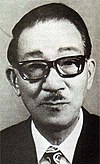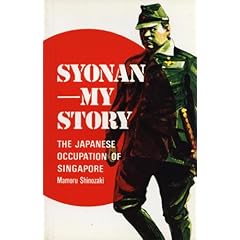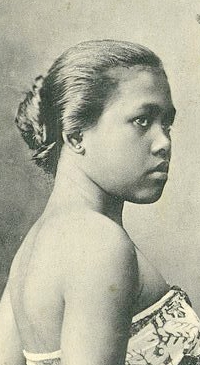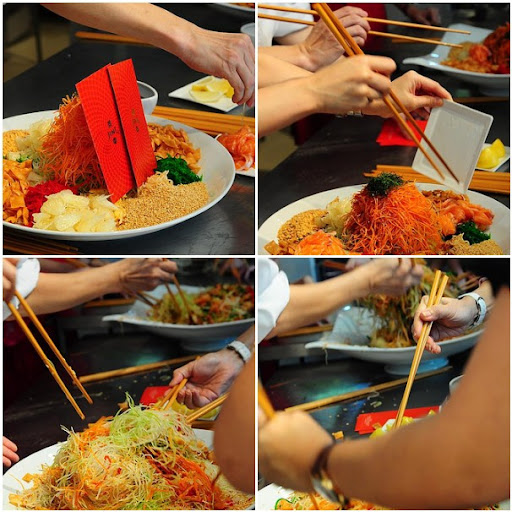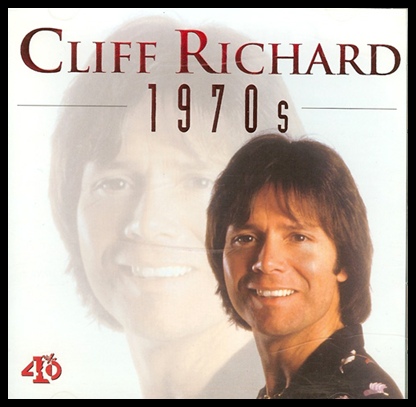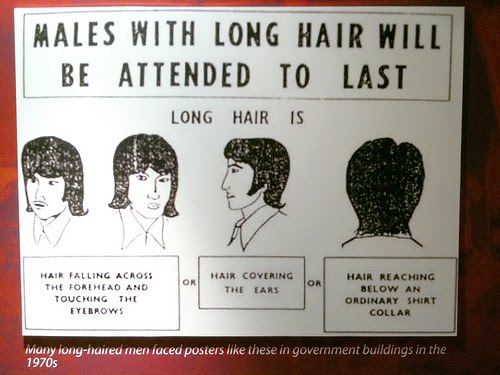Hidden History : The Good Japanese Spy
Mamoru Shinozaki (b. 19 February 1908, Japan – d. 1991) was a Japanese government official stationed in Singapore before and during the Japanese Occupation. Sometimes referred to as the “Japanese Schindler”, Shinozaki is known for issuing government passes that saved the lives of many Chinese and Eurasians. He was also remembered for other humanitarian acts during the Occupation.
In 1940, Shinozaki brought Japanese army invasion planners to tour Malaya. One of their observations was that Singapore was heavily defended against an attack by sea, and any invasion would have to come from the north.
Upon returning to Singapore, Shinozaki was put on trial for espionage and sentenced to three and a half years in Changi prison. After Japanese troops took Singapore in February 1942, he was released and given the title of Advisor of Defence Headquarters, a rank equivalent to Lieutenant-Colonel.
Shinozaki learned of Operation Clean-Up, which led to the Sook Ching massacre, when a Chinese nurse sought his help during a round-up of civilians. He managed to save about 2,000 people, including the nurse’s father and brother, from the Japanese. After he witnessed the cruelty of the Japanese Kempeitai, Shinozaki began printing cards providing protection and safe passage to their bearers. He printed a total of about 30,000 cards.
(My uncle, a volunteer with the Local Defence Forces, was given such a pass, without which he could not have had returned home......)
In his working capacity at the Defence Headquarters, Shinozaki deliberately stored food supplies at the Thomson Road welfare home of the Little Sisters of the Poor so that there would have a ready supply of food for the Home. He also established re-settlement camps in south Malaya for Chinese and Eurasians. To this end, he even provided rice as bribes to the Anti Japanese resistance fighters of the MPAJA so that the fighters would not disturb the settlers.
When the Japanese surrendered in 1945, Shinozaki was arrested and detained some 6,800 other Japanese civilians in a camp in Jurong. (RAF-Jurong, the current 3rd Div Jurong Camp 1). However, the Chinese and Catholic communities petitioned the British on his behalf and he was released.
Shinozaki was a witness in a number of post-war trials, including that of Eurasian community leader C. J. Paglar, who was accused of collaborating with the Japanese. Shinozaki’s testimony helped to save Paglar.
Shinozaki died of an illness in Tokyo in 1991.
He later wrote a book called "Syonan — My Story" which outlined his role in the war.
In his book, Shinozaki also wrote about the death of 10,000 Japanese after their surrender, as a result of malnutrition and sickness, compared with just 135 executed for war-crimes. Was this intentional on the part of the victors as revenge? No historian has done any research on this as yet.


